The Italian government’s superbonus scheme is an incentive measure following the coronavirus crisis, which could see homeowners benefit from a 110 percent tax deduction on expenses related to property renovation.
Linked to costs for making homes safer and more energy efficient, the superbonus was introduced in the government’s Decreto Rilancio (Relaunch Decree) last year.
READ ALSO: The building bonuses you could claim in Italy in 2021
There are potentially hundreds of thousands of euros in savings to be made, spread across the so-called ‘ecobonus’ and ‘sismabonus’, which can be used in conjunction and offer state funds for making energy upgrades and reducing seismic risk respectively.
But it turns out property owners could make even bigger savings in renovation costs, as we discovered the ‘sismabonus’ – worth up to a considerable €96,000 – can be claimed more than once for the same property.
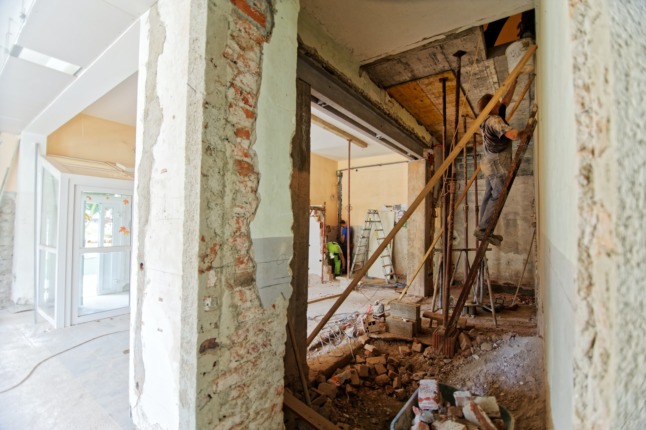
So how can you access this hefty bonus multiple times?
Here’s a closer look at the government regulations and the pitfalls to watch out for.
Note: The schemes are complex and subject to change, so it’s important to get professional advice before buying and renovating.
What funding is available and who is it for?
The Sismabonus is for properties at risk of earthquakes. To claim from this kitty, the property must be in an area with a seismic risk level of 1, 2 or 3 (high, medium or medium-low). Those with a risk level of 4 (low) don’t qualify.
The scheme covers shared areas of buildings, detached houses, social housing and single-family homes, even within multi-family buildings.
There’s also no limit to the amount of properties you can renovate with this particular pot, which may be of particular interest to those with second (or multiple) homes in Italy.
What’s more, we stumbled upon the fact it can also be claimed more than once for the same property – in fact, you can claim a staggering €96,000 up to four times.
We were taken aback too. And absolutely elated.
Of course, there was a hint of caution and suspicion. Had we read it right? Can this be legitimate?
We’d had four months to pore over the terms and conditions of the superbonus, as that’s how long it’s taken for the sale to go through following submitting an offer.
READ ALSO: How to stay out of trouble when renovating your Italian property
It’s the first time I’ve bought a house – a wreck in need of demolition and complete rebuilding in fact – but I was pretty sure it goes a bit quicker where I’m from, in the UK.
Friends back home laughed at the system I’d found myself in and confirmed my frustrations were founded. This was a long time.
On the other hand, we were doing our sums and riffling through Italian bureaucracy in the meantime, to work out how much of a mortgage we’d need and how much of the various bonuses we may be eligible to claim.
And that’s how we unearthed this surprising discovery.
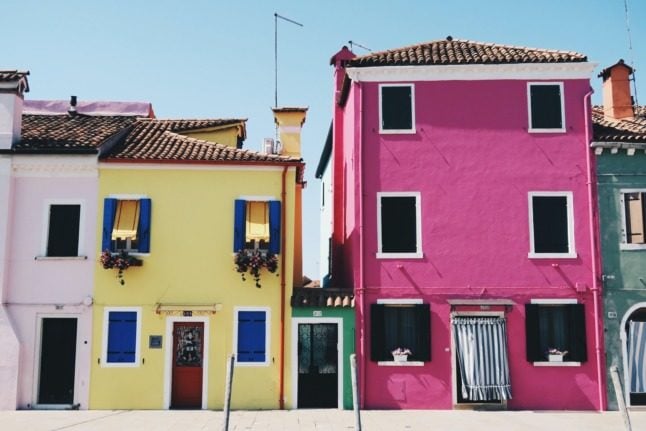
The Agenzia delle Entrate (Italian Revenue Agency) stated, “The relief is also available if the work is carried out on buildings that are not condominiums, as they consist of several building units (up to four) owned by a single owner or in co-ownership.”
Nowhere does it plainly state that you can claim up to €96,000 more than once, which is why it’s easy to miss.
However, in a question posed to the Italian Revenue Agency, officials published a response that clarified how it’s possible to claim the sismabonus repeatedly on the same property.
A case study of coinciding Sismabonus claims
A petitioner submitted a query as co-owner of a property with her husband.
Along with their home, they have an independent garage and two other units, C/2 ‘magazzini e locali di deposito’ (warehouses and storage premises) and C/6 ‘stalle, scuderie, rimesse, autorimesse – senza fine di lucro’ (stables, sheds, garages – non-profit making).
The applicant stated that her residence is separated from the latter two units by a partition and “is functionally independent in that it has all its own installations and independent access from the outside.”
READ ALSO:
- How and where to find your dream renovation property in Italy
- Under 36? Here’s how Italy plans to help you buy a house
- The Italian vocabulary you’ll need when renovating property
Their renovation plans include “total demolition and reconstruction of the above-mentioned building units, without any increase in volume”, the document stated.
This is in order to merge the house with the extra buildings.
Therefore, the four existing building units will be demolished and that, once the work is completed, the result will be a single-family dwelling and a garage.
They asked for clarification on the maximum amount of expenditure permitted in the superbonus, as they believed that they could access the superbonus “as individual units since they are functionally independent”.
With regard to the earthquake-proofing interventions, they stated the expenditure limit of €96,000 should apply to “each of the three initial real estate units considered independent from each other” (the house and the other two units C/2 and C/6).
Here’s the response
“The superbonus also applies to interventions carried out by individuals, outside the exercise of business, art or profession, with reference to interventions on buildings consisting of two to four separately stacked real estate units, even if owned by a single owner or co-owned by several individuals,” stated the Italian Revenue Agency.
That means for property owners hoping to get government funds for renovations – you can claim the bonus on each part of your property, as long as they are separate units.
So for example, a garage, a shed or storage building are all eligible for up to €96,000 of bonus each in addition to your home. That’s confirmed in the amended article 119 of the Relaunch Decree.
We worked out that we can now claim up to €96,000 for the main property and the ‘magazzino’ (storage building) separately.
That’s €192,000 in government aid to contribute to our house building fund – a life-changing figure for us.
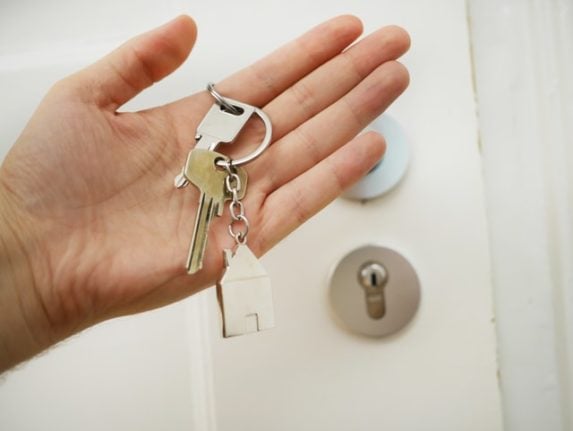
Photo: Maria Ziegler/Unsplash
What to watch out for
As we haven’t yet got to the part where we actually claim the state aid, it’s still a case of wait and see if it’s too good to be true. However, after a conversation with our geometra (surveyor), it all looks above board and good to go.
There are other exceptions to watch out for, though.
First of all, the bonus doesn’t extend to certain types of buildings – prestigious villas and castles, for example, are excluded.
To access the bonus, you’ll also need to remember to hire an expert to assess the seismic risk and provide a certificate to prove the work has been effective in guarding against earthquakes.
READ MORE:
- The Italian properties ‘nobody’ wants to buy in 2021
- Searching for cheap Italian property online? Here’s what you need to watch out for
- What will happen to Italy’s property market in 2021?
The final result must demonstrate a reduction in seismic risk by one or two classes.
If you’re buying a wreck to knock down and want to rebuild it completely differently, you’ll need to make sure it’s not in a historic centre, for example.
If it is, it’s essential to maintain the previous characteristics of the old building and rebuild the property the same size.
Next Steps
To check whether you are eligible, speak to a professional and check the Agenzia delle Entrate website before you begin any work on property.
If you’re keen to buy, you may also want to take a look at our guide to the additional costs you might not be expecting, and read up on some of the common mistakes to avoid when buying a house in Italy.
See more in The Local’s Italian property section.

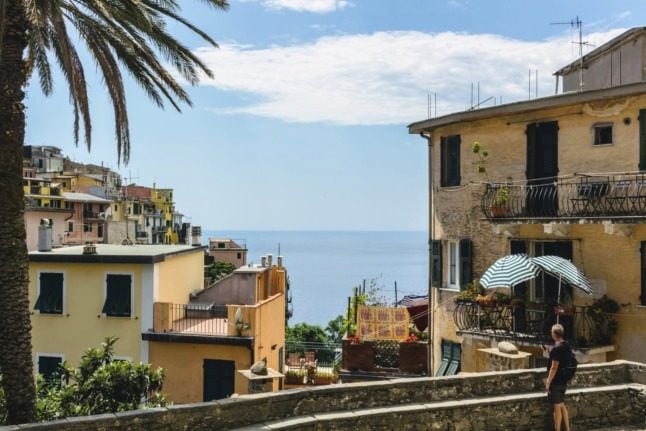
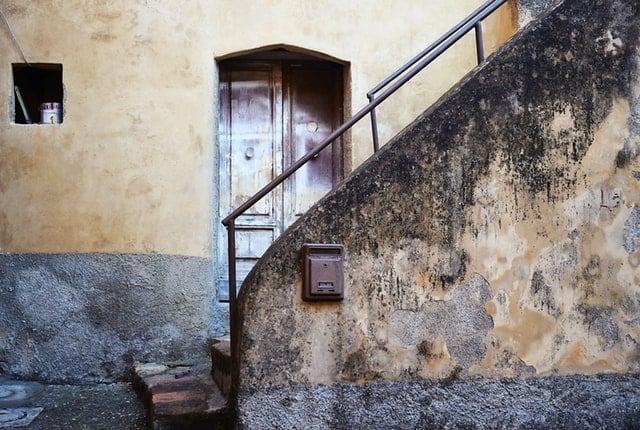
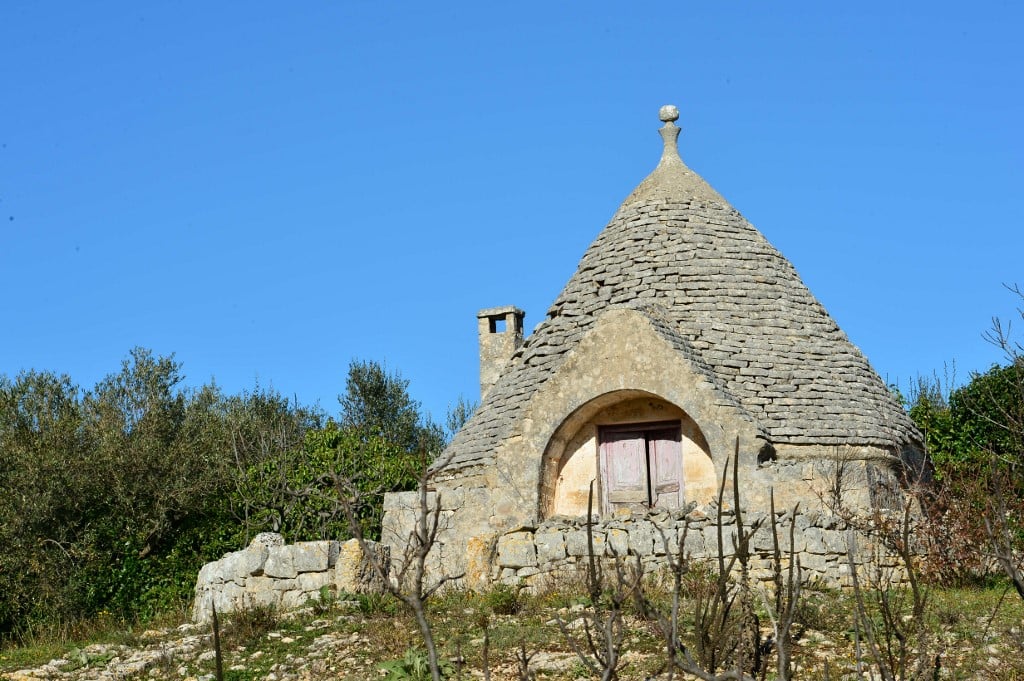
 Please whitelist us to continue reading.
Please whitelist us to continue reading.
So far as I have read these monies are not a grant but a tax abatement/saving. Yes increased from about 50% to 110%. Not many people can recover 192,000 in tax otherwise payable in the likely short life time of such a baited trap…. BEWARE.
Do I have the maths correct? To gain 192,000 in tax refund one needs an income of 834,783 taxed at 23% to recover the bonus?
Of course everyone in Italy wants to utilize the ecobonus 110% and sismabonus so many architects (who do all of the extensive documentation) are accepting all clients and their deposits without limit. The end result is that architects have way more projects than they can handle and many projects are going nowhere.
In Sicily there is widespread doubt that the government money will ever arrive and if not, the projects get stuck in limbo as construction teams won’t work without funds.
Hoping for the best but in the south very few projects have started work and we’ve heard of none that have been finished/paid yet.